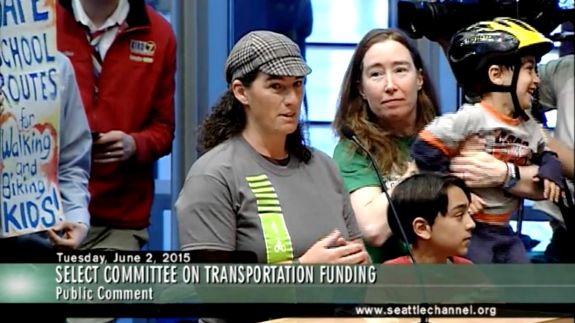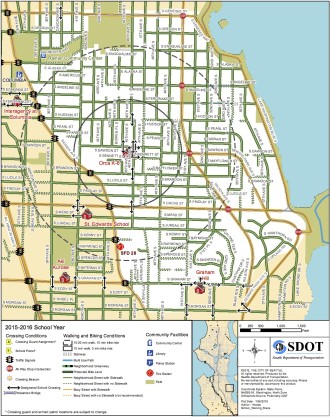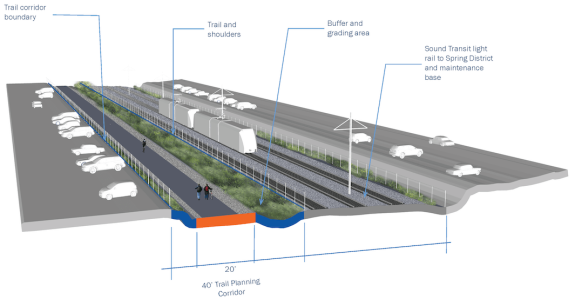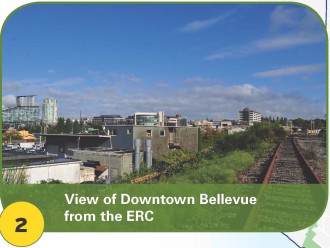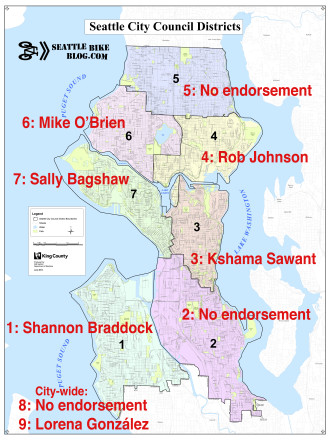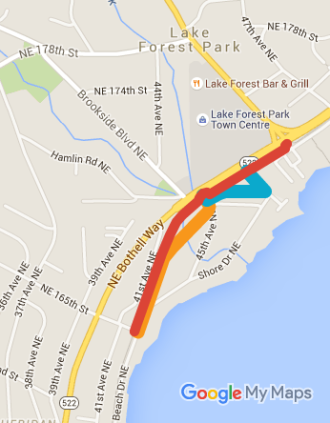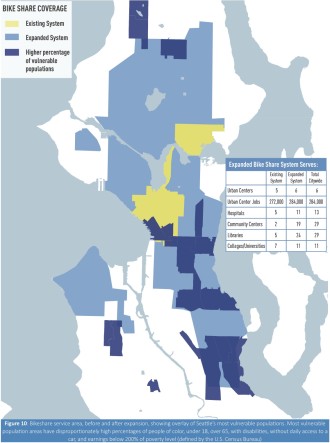
Well, it was worth a shot.
The Feds did not pick Seattle’s TIGER grant proposal for funding the Northgate bike/walk bridge and a “massive” Pronto Cycle Share expansion, SDOT confirmed today.
The news comes one day after Senator Patty Murray announced a $15 million TIGER grant for Tacoma LINK and $10 million to construct a new ferry terminal in Mukilteo. The Seattle grant proposal was conspicuously missing from Murray’s announcement.
The Seattle proposal requested $25 million in Federal funds to help fill the $15 million funding gap in the Northgate bike/walk bridge project and to improve connectivity to transit by investing $10 million in a dramatically expanded bike share system. The city would match this with $5 million of its own, while Pronto’s private operator Motivate would pitch in $3 million.
Since the application, the state passed a transportation funding package that includes $10 million for the Northgate bridge project. UPDATE: The Move Seattle Levy also includes funding for the Northgate bridge, so with the TIGER grant out it’s that much more important to pass Seattle’s Prop 1.
But the city was still hoping at least for partial grant funding to help expand Pronto’s reach. Today, only 14 percent of Seattle residents live within an easy walk of a station. Under the expansion plan, 62 percent of residents would live within reach.
With the TIGER grant out of the picture for at least a year, the city still intends to move forward with an expansion. Mayor Ed Murray’s proposed 2016 budget includes $5 million for expanding Pronto. If that funding is approved by the City Council, the path forward really hinges on whether the city focuses on expanding the station area or on electric bike technology. (more…)

